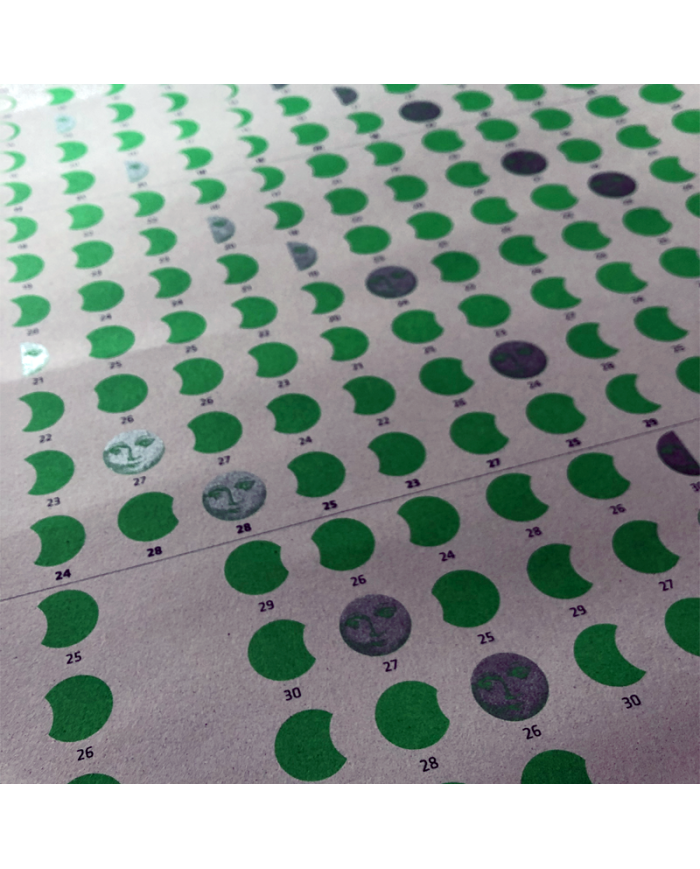There are no more items in your cart
THE MOON, A NATURAL CALENDAR ALWAYS USED IN AGRICULTURE Until a few decades ago, just as pendulum clocks were used to mark the seconds and minutes, the Moon marked the passing of days. Civilizations and peoples very distant from each other, and in different historical periods, have made use of the periodicity of celestial phenomena to measure the rhythms of their daily activities. Even some religious holidays are based on the lunar calendar, just think of the Christian Easter , whose date occurs on the first Sunday after the full moon (full moon) following the spring equinox (21 March), when the hours of darkness are equal to the hours of light. From China to South America, from the Sumerians (civilization that developed around 4000 BC in present-day Mesopotamia Iraq, between the Tigris and Euphrates rivers) to the Maya (civilization that developed around 1500 BC in Mexico, Guatemala, Belize and Honduras), astronomers have often engaged in the construction of sophisticated calendars, both lunar and solar. Let's try to understand why. It is easy to observe that the Moon, today as 4 thousand years ago, does not appear in the same way every night, even if in reality it always turns the same face to us. The illumination of the Moon by the Sun, the so-called "lunar phases", depends on the position it assumes in space , and precisely on the rhythmic alternation of the lunar phases - visible and therefore known since ancient times - peoples have marked the rhythms of agriculture, from sowing to harvesting, for thousands of years. Even today, the phases of the moon are important for those who implement biodynamic agriculture , inspired by the Austrian Rudolf Steiner (1861-1925). In ancient times (not too long ago) even shepherds knew and used the phases of the moon to orient themselves and determine the movements of the pasture. A shepherd traveled from one place to another with his flock for days, sometimes for weeks (just think of the transhumance from Abruzzo to Puglia), and the most reliable way to mark the time passed was precisely to refer to the aspect of the Moon. In fact, if the shepherd had left on a new moon morning (when the satellite is not illuminated by the sun) and then reached its destination in conjunction with the full moon, he would have understood that the journey had lasted about 15 days. It is more difficult, however, to notice the passing of days by observing the Sun, which unlike the Moon appears to us practically the same every day. In reality, even the Sun does not always travel the same trajectory in the sky: its position at sunrise and sunset changes day by day. However, noticing this slight difference is extremely difficult, almost impossible, if you do not have the reference points or measuring instruments (precision compasses, sundials, etc.).











